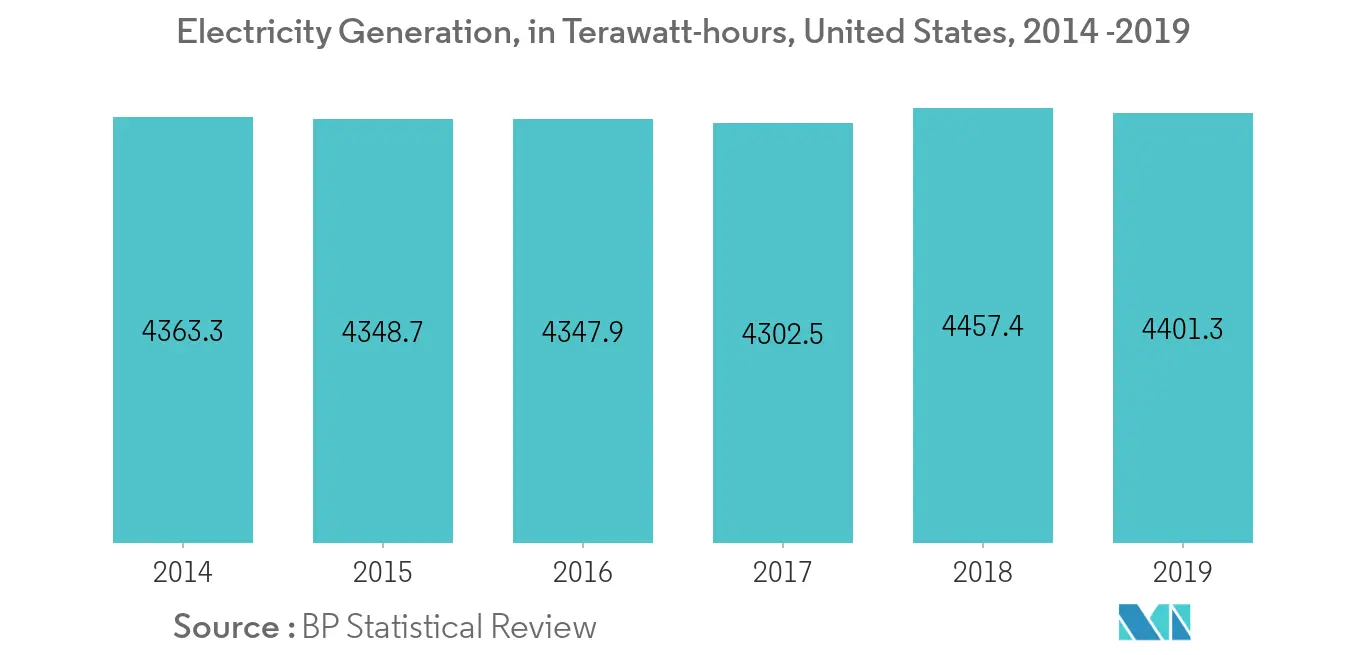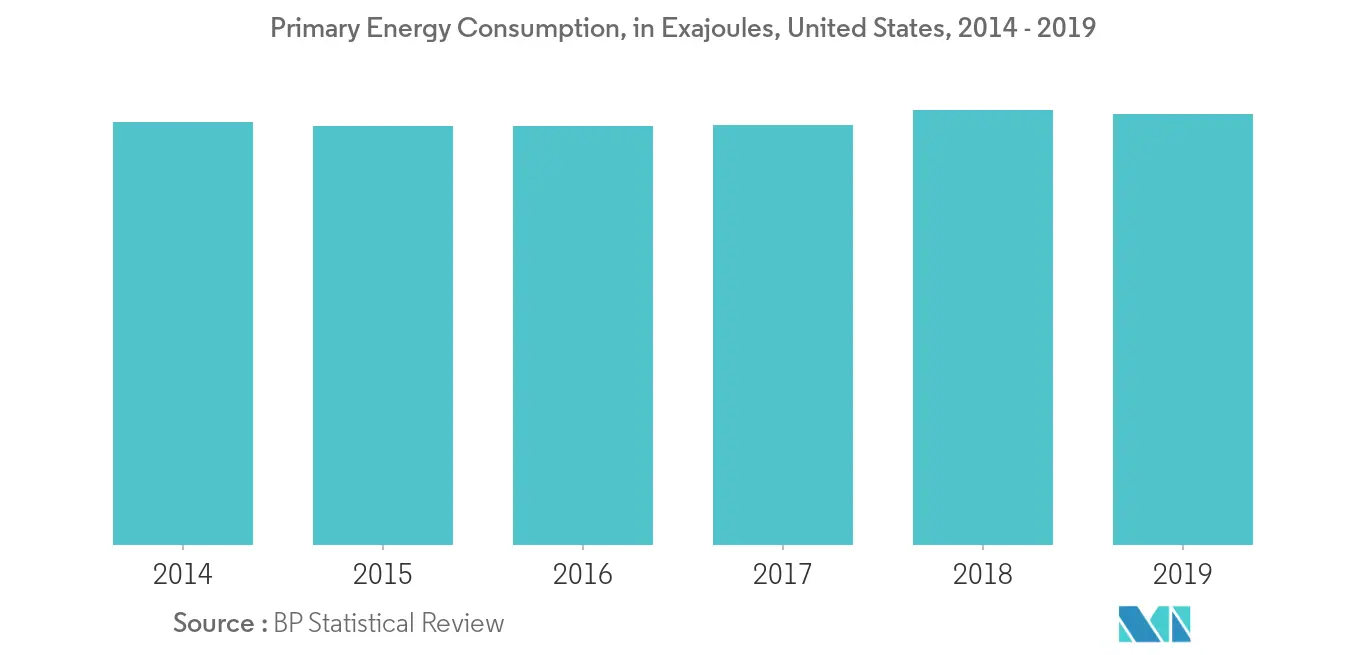Market Trends of United States Dry-Type Transformer Industry
This section covers the major market trends shaping the US Dry Type Transformer Market according to our research experts:
Increasing Investments in Smart Grid to Drive the Market
- The increasing investment in the country, especially related to the smart grid application, is expected to provide the required funding for the innovations and transition from the old dry-type transformers to a better and intelligent transformer. Increasing applicability of the dry-type transformers and their safety features in dense centers are expected to aid the growth of the market.
- Smart grid technologies are being used across power systems, including generation, services, and consumption. With the successful and widespread development of intelligent grids, countries can expect high-quality electric power service, better system reliability, and improved service quality. Thus, maximized energy usage and energy savings, higher penetration, and greater use of renewable energy sources (to capture environmental benefits) can be enabled. Increasing technology usage in the dry-type transformer is expected to increase its reliability and decrease in the power loss which is expected to aid the growth of the market,
- Dry-type transformers are a reliable asset in any solar project, ensuring the highest product dependability with the broadest service and production footprint in the market. The transformers may help in harnessing the power of the sun in any location and under virtually any conditions. The design adaptability of dry transformers allows owners to integrate the transformer inside the inverter, thus taking the containerized concept to the next level. The use of a smart dry type transformer in the solar projects is expected to provide the required safety and negate the solar grid's unreliability.
- Dry-type transformers have gained considerable market penetration due to their safe and reliable operations and flexible product applications. The ability to avoid combustibility, environment-friendly operations, and limit the secondary effects of internal failure has enhanced product adoption. It allows complete integration of substation equipment with resultant space and cost savings, thereby fueling product penetration. The growth of the smart grid and safety of the dry-type transformer is expected to aid the growth of the market.
- Electricity generation in the United States decreased by 1.3% to 4401.3 Terawatt-hours, in 2019 from 4457.4 Terawatt-hours, in 2018. The energy consumption is expected to increase in the forecast period and may aid the growth of the market.
- Hence, the smart grid's investment is expected to drive the United States dry-type transformer market in the forecast period.

Three Phase Segment to Dominate the Market
- The advantages provided by three-phase transformers are the requirement of less copper in the transformer, and hence, small space requirement compared to the output produced, fewer safety risks involved, lower labor cost for installation and maintenance of the transformers, better conductor efficiency that ensures lesser losses, and its ability to provide higher power load. Three-phase distribution transformers are generally used for applications with a power requirement of more than 1,000 kW. They find application in the industrial sector and the commercial industry, with substantial load requirements, such as data centers and apartments, where the cumulative load requirement of residents is high.
- All dry-type transformer components are in solid form. They do not require bushings and don't have flashpoints. Thus, the significant causes of fire and spillage are eliminated. The ability to operate at high temperatures gives these transformers increased durability and overload capacity. Furthermore, by minimizing the impact on the environment and eliminating the risk of fire, total costs can also be reduced. Consequently, dry-type transformers are increasingly used in metropolitan areas to step down three-phase medium-voltage to low-voltage for power distribution.
- With growing population density in urban areas, around the world, and the resultant space constraints, the housing sector is moving from independent houses to apartments. The growing share of apartment buildings in the housing industry, in urban areas, is expected to support the demand for three-phase distribution transformers during the forecast period.
- The predominant disadvantage of using dry-type transformers is the reduced cooling capacity that limits the achievable power and voltage ratings for oil-free technologies. Also, they are typically larger and heavier than oil-filled units. Consequently, dry-type power transformers have been traditionally used for power transmission and distribution with a rated power below 15 MVA and voltage less than 36 kV.
- Primary energy consumption in the United States decreased by 1.0% to 94.65 exajoules, in 2019 from 95.60 exajoules, in 2018. The energy consumption is expected to increase further in the forecast period and may drive the United States Dry-Type Transformer Market.
- Hence, the three-phase segment is expected to dominate the United States dry-type transformer market due to the increase in the investments in systems related to the smart grid and increasing urbanization.


